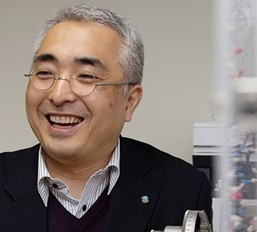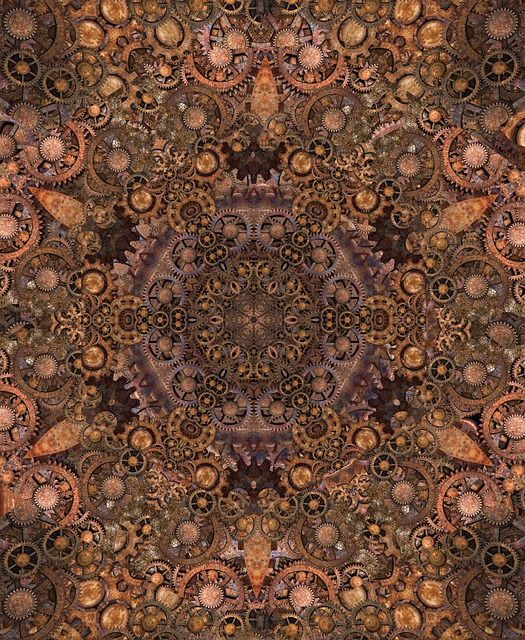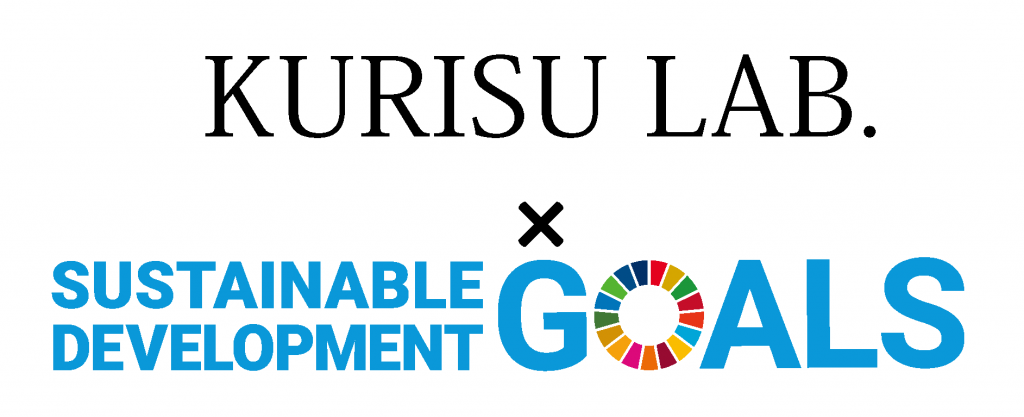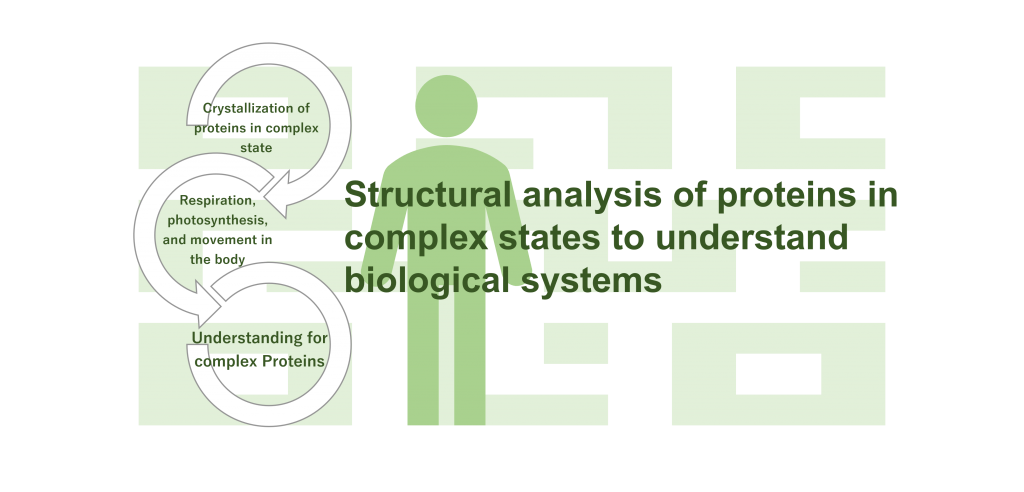We will achieve the SDGs by analyzing the function of protein complexes.


Structural analysis of protein complexes to understand efficient energy conversion in photosynthetic reactions
We have succeeded in determining the structure of the photosynthetic electron-transfer protein complex for the first time in the world, and have discovered the mechanism that the complex formation enhances the efficiency of the reaction.
- What is Photosynthetic electron-transfer protein complex ?
-
It refers to a state in which several proteins responsible for electron transfer are attached to each other, as in a relay baton passing.
 Prof.KURISU
Prof.KURISUWe have determined the structures of various protein molecules, such as chlorophyll maturation enzymes and giant proteins involved in photosynthetic electron transfer, in a complex state, and elucidate the mechanisms of its efficient reaction. This is expected to be a model for higher efficiency in the energy field.


Elucidation of the movement mechanism of dynein molecules, a giant molecular motor in vivo
Structural studies of dynein, the molecular motor in our bodies, using X-ray crystallography and other analytical methods have contributed greatly to our understanding of the principles of motion.
- What is a molecular motor ?
-
A molecule that uses the energy of ATP in the cell and converts it into mechanical movement. By the action of this molecular motor, cells can transform and move, and various substances can be transported within the cell.
- What is dynein?
-
A type of molecular motor, it refers to a complex of energy-converting proteins that slide and move on microtubules inside the cell.



Our research is characterized by the fact that we are trying to understand the mechanism of highly efficient energy conversion reactions in living organisms, as well as to understand the entire reaction process in an integrated manner, which is called “dynamic structural biology.


Research on precise structural analysis methods for proteins
In living organisms, there are metalloproteins that contain metals such as iron and copper in their active centers. We use X-ray free electron laser, neutron beam, and electron microscopy in complementary ways to determine the precise structure of metalloproteins.

-1024x576.jpg)
☚ Cryo-electron microscopy
High Brilliance X-ray Generator and Diffractometer 👆
Ultra-high magnetic field nuclear magnetic resonance equipment ☛



Our goal is to determine the structure of biological macromolecules with higher precision and to elucidate the molecular mechanisms of these macromolecules.


